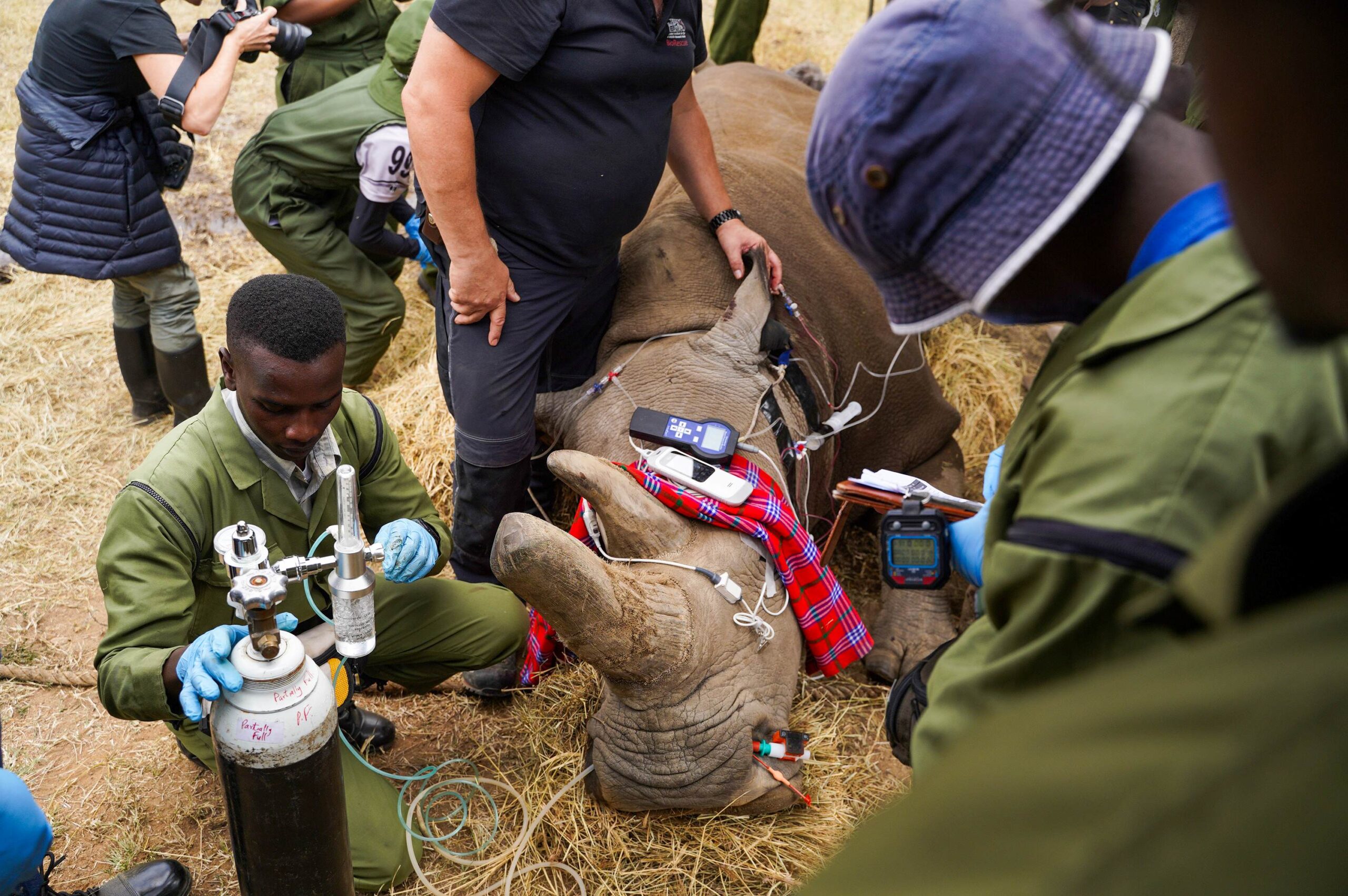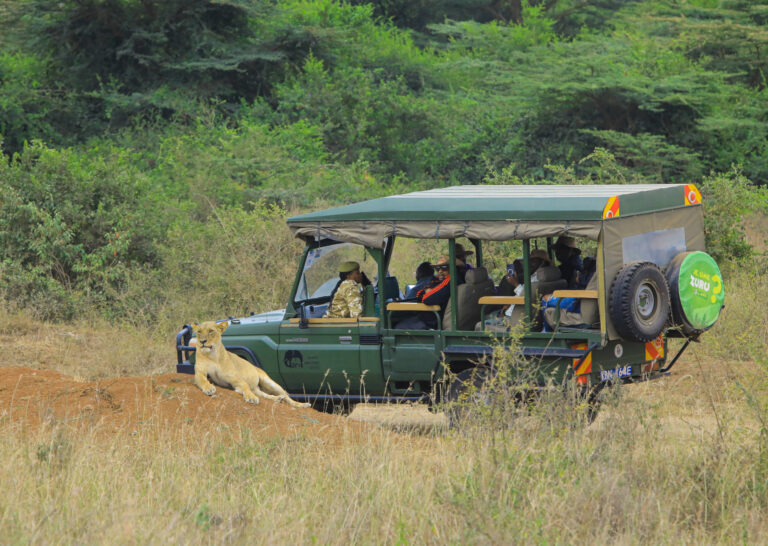Endangered northern white rhino egg cells flown to Italy for fertilization
NAIROBI, Kenya Jul 18 – The Kenya Wildlife Service (KWS), in collaboration with international partners in the BioRescue consortium, is exploring Assisted Reproduction Techniques (ART) using the only two remaining female northern white rhinos in the country to save the species from the brink of extinction.
The unprecedented scientific rescue mission will involve the only two remaining Northern White Rhinos (NWR) on Earth, Najin and her daughter Fatu, who live at the Ol Pejeta Conservancy in Laikipia County.
Erustus Kanga, Director General of KWS, noted that the species was declared functionally extinct following the death of the last known male, Sudan, in 2018.
Now, the world’s hopes rest on a pioneering approach: Assisted Reproduction Techniques (ART).
“At this point, we are at the most crucial stage yet. After years of meticulous research and perfecting our methods, we are now aiming to achieve a pregnancy using northern white rhino embryos. The significance of this milestone cannot be overstated—not only for Kenya but for global conservation,” said Prof. Kanga, Director General of KWS.
The ART procedure is complex and transcontinental. It involves harvesting egg cells from Najin and Fatu in Kenya and flying them within a 24-hour window to the Avantea laboratory in Cremona, Italy. There, the eggs are matured and fertilised with cryopreserved sperm from deceased northern white rhino bulls.
The resulting embryos are then preserved through cryopreservation, awaiting transfer into surrogate mothers—Southern White Rhinos (SWR)—to carry the pregnancies to term.
Kanga revealed that the proof of concept has already been successfully demonstrated, noting that this breakthrough paves the way for using pure NWR embryos in future transfers.
“The precision, speed, and care involved in this process is extraordinary. Every stage—from oocyte collection to fertilization and future implantation—is handled by a global team of experts with military-level precision. The world is watching, and we remain optimistic,” Prof. Kanga added.
The BioRescue project began in 2019, building on decades of global conservation efforts. It unites scientific and conservation institutions from Kenya, Germany, Italy, Japan, and the Czech Republic.
The last four viable NWRs were transferred from Zoo Dvůr Králové in the Czech Republic to Ol Pejeta in 2009 to stimulate natural breeding—a strategy that sadly failed. With the loss of the last males, Sudan and Suni, all hope turned to advanced science.
The consortium is optimistic that a successful Northern White Rhino pregnancy could be announced soon, a moment that would mark an unprecedented victory for species conservation worldwide.
“The BioRescue project, which we embarked on in 2019, is a testament to what can be achieved through international collaboration. For KWS, seeing this project succeed will be a historic milestone, reaffirming our commitment to innovative conservation solutions,” Kanga concluded.








